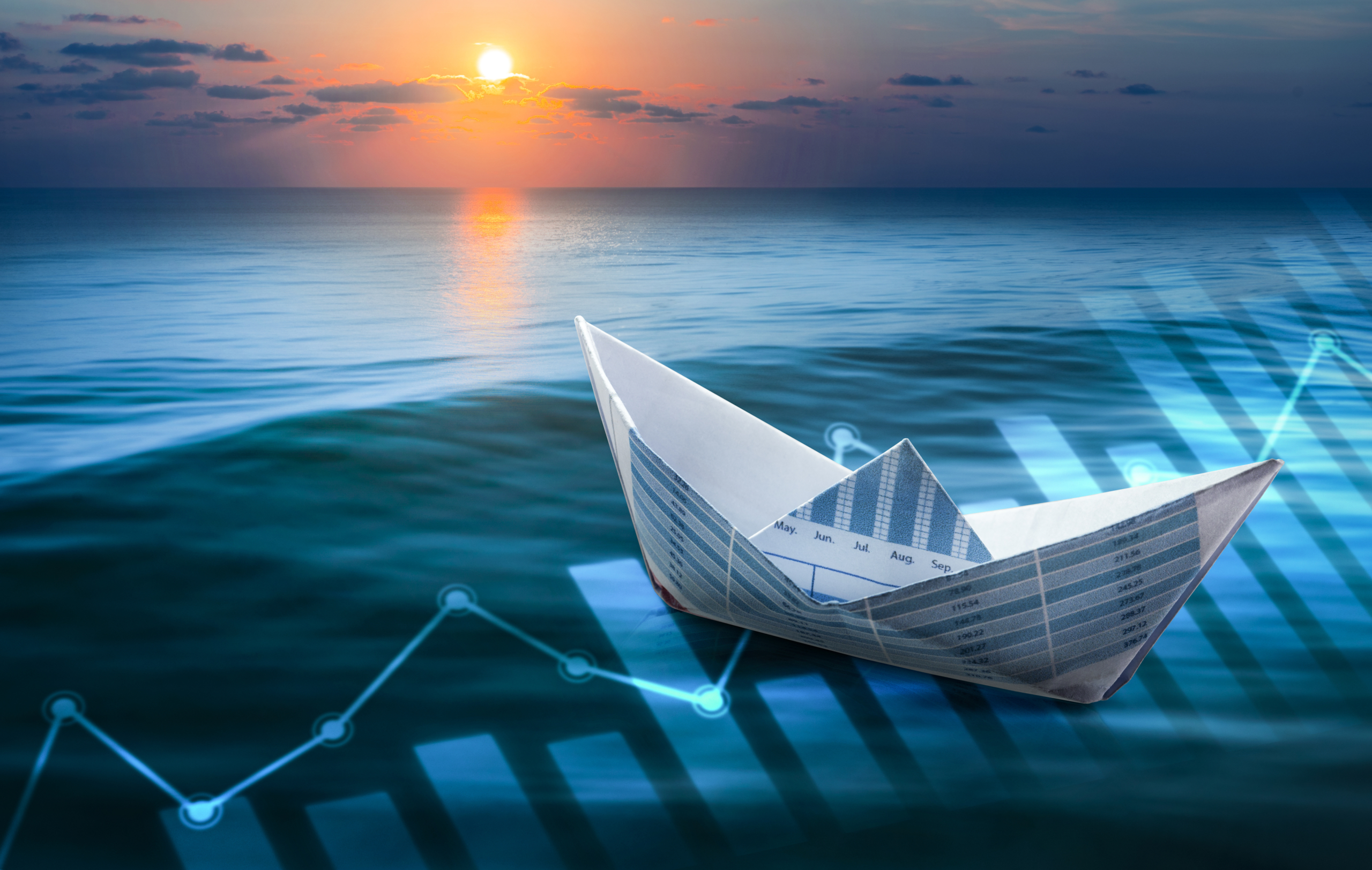An optimist’s guide to digitalisation

The COVID pandemic brought digitalisation to the fore, forcing societies to embrace new ways of working, studying and connecting, adopting digital tools to keep essential services running and connections in place.
For a slow moving industry still heavily dependent on paper-based processes and with a low level of digitalisation, this was something of a shock for the shipping industry, which struggled initially to adapt and respond to the challenges,.
Since then the industry has accelerated its adoption of digital processes and has “turbocharged maritime digital development by half a decade” according to class society DNV GL.
But as a recent report by propulsion OEM Kongsberg and consultants KPMG points out, the efforts taken in the last year are still not enough. Even the normally data-shy IMO has stated that digitalisation will be key for shipping in order to operate effectively in the post-COVID world.
The report’s authors identify three critical issues for shipping as it confronts a digital future but are in no doubt that digitalisation will remain crucial for ship owners in managing the post-COVID recovery.
First, the maximisation of cost savings will be essential for ship owners and operators to survive further waves of disruption. In many cases events have taken over the report’s findings, with dry bulk markets well ahead of predictions in 2021 and the container sector so profitable for operators that the shippers are trying to get regulators to step in.
There may be a lull – especially after the upcoming Chinese New Year – but demand appears to be volatile for most commodity groups and strong for others. The trouble is that while some are making hay, others, notably tankers, are struggling with ever higher fuel costs and stubbornly sluggish demand.
Shipping companies that were already suffering from troubled markets of previous years and the cost of desulphurisation face much bigger hurdles as attention turns to low carbon operations and ever more expensive future fuels. If digital tools can deliver their promised cost savings of up to 30% then they will be considered essential by any survival-minded operator.
Secondly, shipping companies need to learn the lessons of the pandemic; namely that non-digital businesses suffer while tech-driven businesses turned it into an opportunity and have been able to even increase their revenue.
But whatever the industry, the imperative for businesses was to build up digital infrastructure to effectively enable operations with a distributed workforce working from home – shipping cannot hope to replicate.
A study of consultant McKinsey has shown that across the globe, digitalisation efforts have become 20-25 times faster due to COVID. This is also true for the maritime sector, say the report’s authors.
Besides organizing infrastructure to allow remote working, some of the largest operational problems for ship owners centred around disruption to crew change and cargo documentation. Faced with national lockdowns, travel restrictions and flight cancellations shipowners struggled with organizing safe and secure crew changes and in too many cases crew members are still stranded onboard.
The inability of engineers, agents, port state control and other agencies to visit the ship illustrated the major vulnerability of relying on paper as the means to facilitate global trade.
Lastly, driven by its customers and their customers, shipping will be under increasing pressure from the global supply chain to digitalise and be more transparent. During this crisis the fragility and weaknesses of global supply chains has been demonstrated – on land as well as at sea.
The strong focus on supply chain optimization during the previous decades – removing fat from the system and making chains as lean as possible in order to reduce costs, lighten inventory and drive up asset utilisation – has removed the buffers and slack in the system, reducing the ability to absorb disruptions when they occur.
In a recent study KPMG found that as a result, several companies have announced they will pay more attention to risks related to supply chains and will be restructuring them to make them more resilient against disruption in the future, to improve their decision making as well as for cost efficiencies.
Being an integral part of global supply chains, the maritime industry will experience increasing pressure from actors along the supply chain to make its operations more transparent and enable better communication between supply chain stakeholders.
In summary, the report finds, digital technologies will be key to strengthening profitability as well as improving safety and environmental performance of ship owners and operators. Critically, it adds the barriers to starting the digital transformation journey are getting lower all the time.
The first key barrier in the past was of course cost. However, the price of new technologies has been constantly falling and will continue to fall further. Thus, digitalisation is no longer an opportunity just for owners with deep pockets but is becoming increasingly available for mass adoption.
The second barrier to digitalisation is often related to uncertainty in selecting the correct approach: while some owners chose an incremental process which builds infrastructure on their fleets over time, others chose a project approach, defining targets in the beginning, before implementing them in large focussed fleet-wide rollouts.
Either can work and while in the past digitalisation might have been confined to high-end segments, such as tankers, cruise or offshore, nowadays it is clear that adoption is happening across all segments, led by some forward-leaning digital pioneers – and with others willing to follow as soon as they see positive results or feel the difference on their balance sheets.


